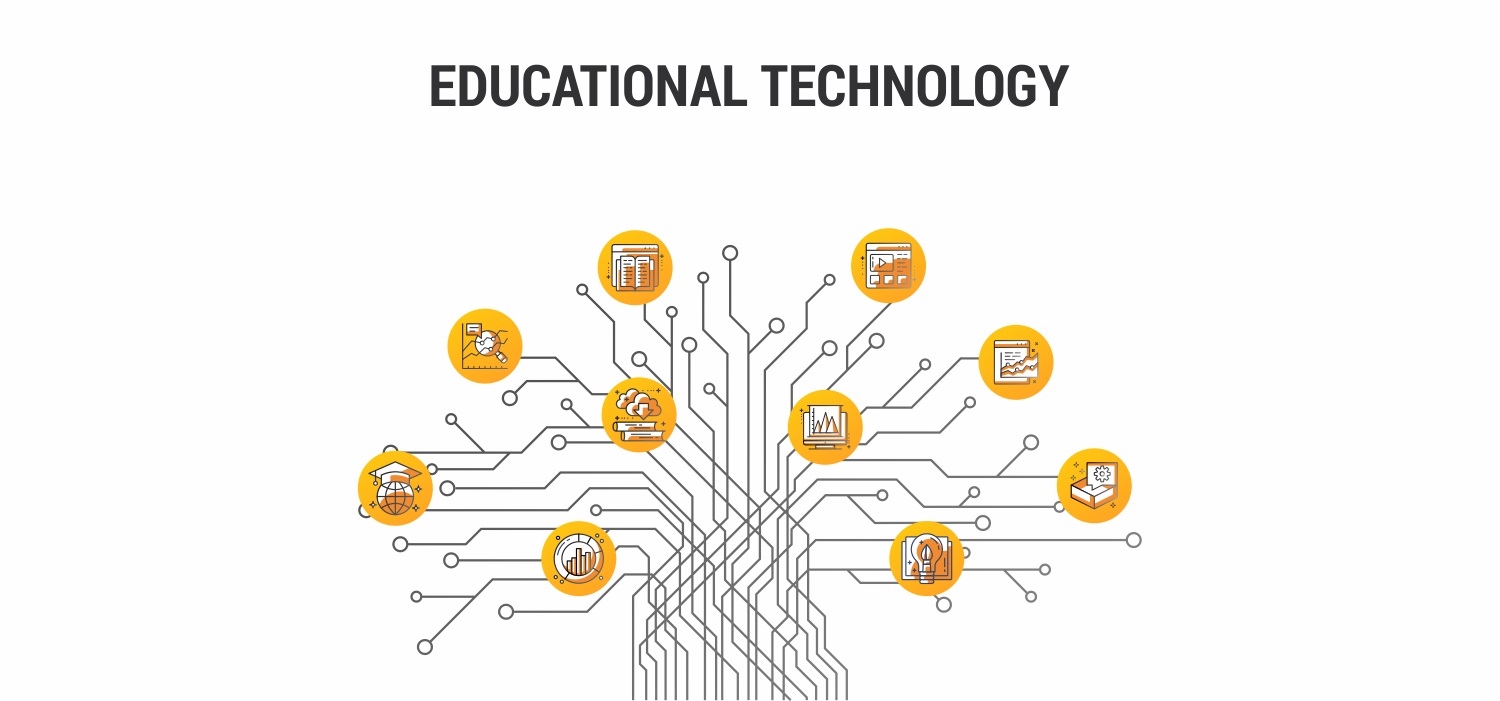
1 Meaning and definition of educational technology
Definitions of Educational Technologies
The following definitions suggested by the different scholars are being given in order to make the meaning of educational technology more clear—
"Educational Technology is the form of detailed application of the psychology of learning to practical teaching problems." — John. P. Dececco
"Educational Technology is the application of scientific knowledge and learning and the conditions of learning to improve the effectiveness and efficiency of teaching and training." —G.O. Leith
"Educational Technology may be defined as the application of the laws as well as recent discoveries of Science and Technology to the process of education."—S.S. Kulkarni
"Educational Technology is the application of scientific process to men's learning conditions." —Robert A. Cox
"Educational Technology is that branch of educational theory and practice concerned primarily with the design and use of massages which control the learning process." —E.E. Hadden
"Educational Technology is concerned to provide appropriately designed learning situations which, holding in view of objectives of the leaching or Training, being to bear the best means of instruction." —Richmond
"Educational Technology is an applied or practical study which aims at maximizing educational effect by 'Controlling' such relevant facts as educational purposes, educational environment, conduct of the student, the behaviour of instructors and interrelations between students and instructors." —Takashi Sakamoto
After conducting an analysis of above-mentioned definitions, the following conclusions may be derived—
1. Educational Technology studies the effect of science and technology upon education. In other words, science and technology are used under educational technology. Hence, it is the practical aspect of science.
2. Educational Technology is a continuous dynamic, progressive and effect-producing method.
3. The basis of educational technology is science.
4. New conceptions are possible only due to educational technology such as programmed learning, micro-teaching, simulated teaching, interaction analysis, video tape, tape-recorder, projector, and computer etc.
5. Engineering Technology is not the educational technology because the engineering technology has manufactured radio, tape-recorder, video-tape and T.V. etc., which are used in teaching as audio-visual aids, but still engineering technology is different from educational technology. In education, it is accepted as a hardware approach only.
Educational Technology accepts schools as a system. In this system, the school-building, furniture and teacher act as input while various methods, techniques, strategies and the teaching and examination with the help of audio-visual aids function in the form of a process. Lastly, the output is in the form of the ability of the pupils.
7. Audio-visual aids cannot be termed as educational technology. It is because its concern is only with the process-aspect of educational technology and not with the input and output aspects. But if these audio-visual aids are used to achieve educational objectives, then it can be put in the category of Educational Technology.
8. Educational Technology cannot solve each and every problem of education. It can be used successfully in teaching and instructional system only.
9. Programmed Instruction is also different from Educational Technology. Its main cause is that the student learns himself during the programmed instructions. It does not allow interaction between pupils and teachers. Hence, it can be used only for limited objectives and limited subject-matter. Therefore, programmed instruction is merely a part of educational technology.
10. Some people assume that educational technology will replace the teacher which will make the teacher unemployed one day. It is their mistake. Educational Technology can never replace the teacher. It is because of the three aspects of educational technology. These are— (1) Input, (2) Process, and (3) Output. Input is the teacher's job and therefore, educational technology cannot snatch the place of a teacher.


